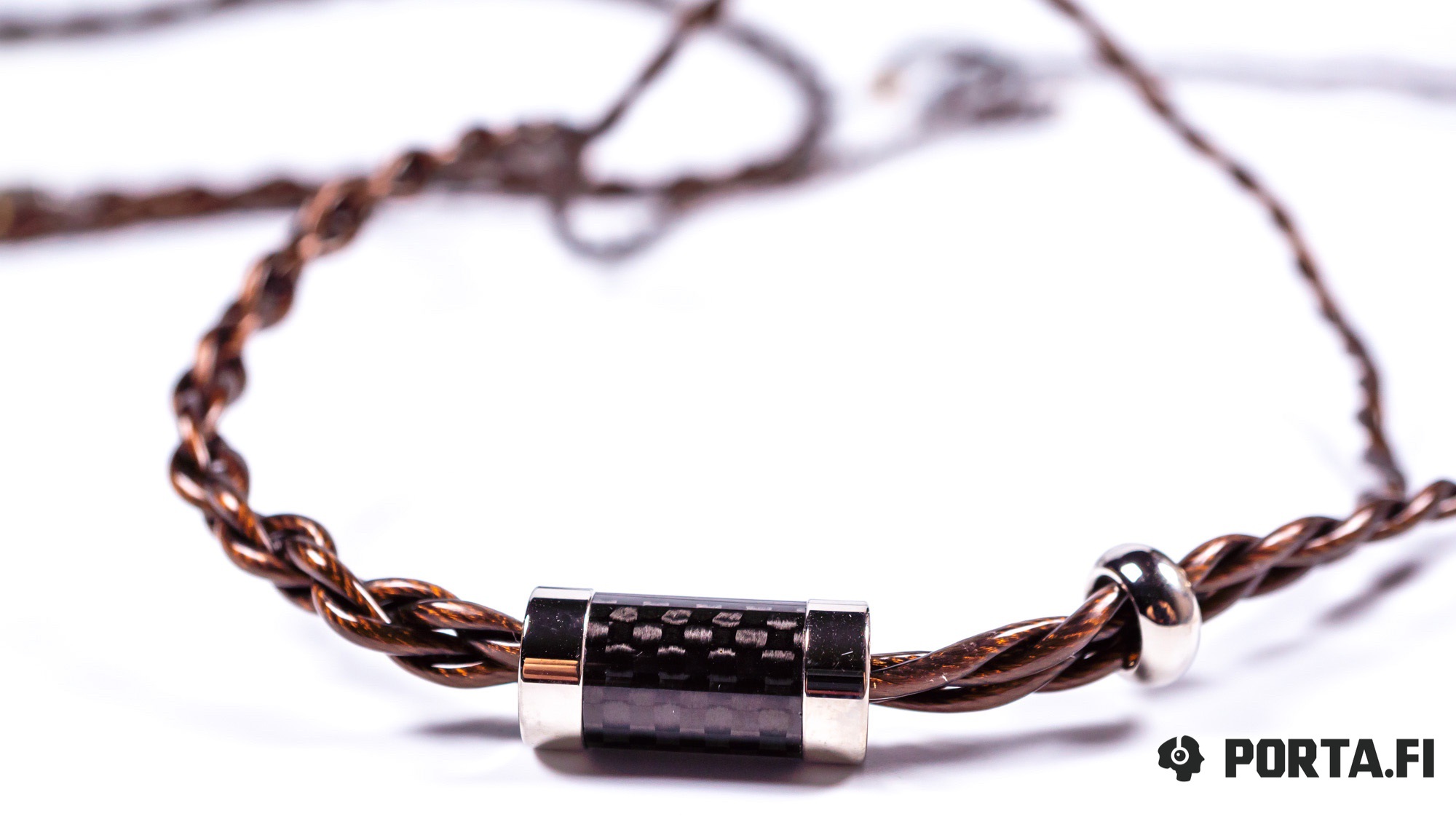I seldom make reviews separately for cables and other accessories, but sometimes it is worth to make an exclusion, especially when you get something really unusual, for example, a new cable for IEM Dunu Hulk.
After having released the long awaited hybrid model DK-4001 (unfortunately we won’t be reviewing it soon), the company understood that the stock cable with changing connectors has brought success, so the company has decided to build on this. Thus the Hulk cable appeared, made of OFC Litz. It also offers changing connectors. As the company has decided to use the “ultimate” approach, the cost is quite striking – 300 USD. This is demanding quite a level from the product and luckily Hulk has everything to match it.
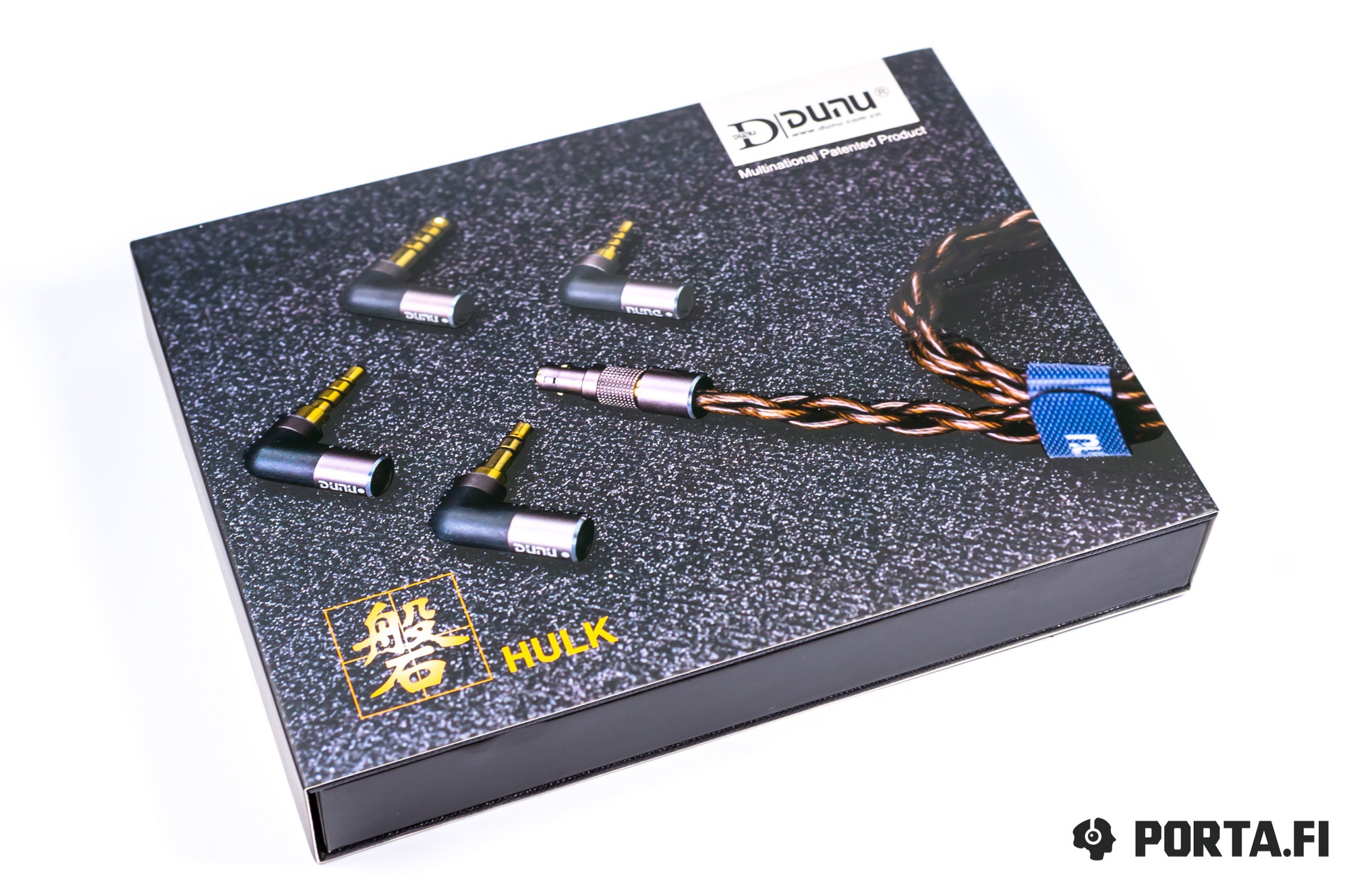
Specifications
- Calibre: 22 AWG
- Material: OFC Litz, 168 core for one cable, 672 in total
- Length: 1.2 m
- Connectors: MMCX or 2-Pin 0.78
- Jacks: 3.5 mm обычный, 3.5 мм балансный, 2.5 мм балансный, 4.4 мм Pentacon
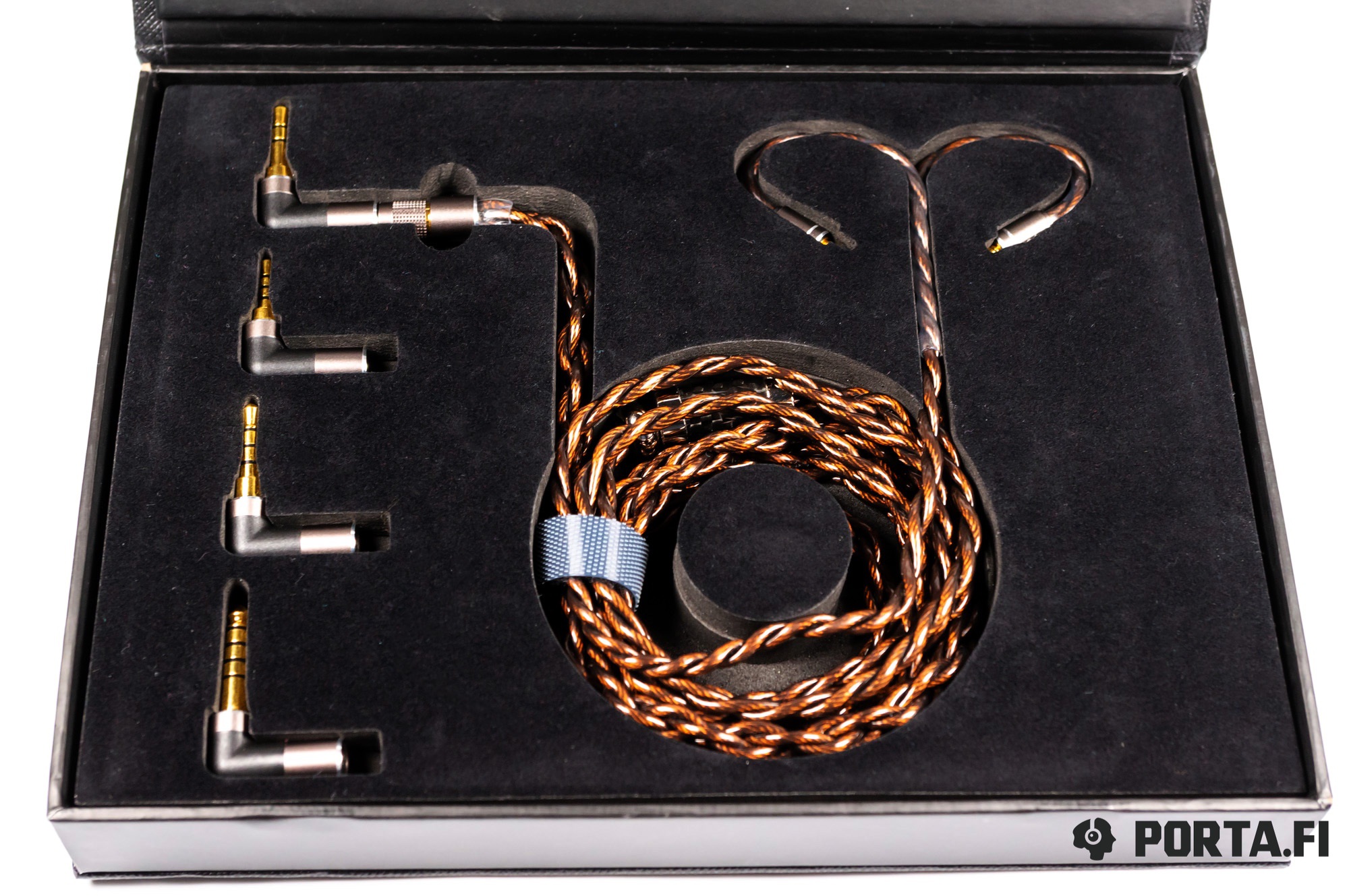
Cable is packed into a stylish slim cardboard box and as we can see the designers haven’t saved on anything. Here we have a quality printing and good optimization of glossy and matte cover. Inside there is cable and changeable connectors.
First impressions are the most lasting, as the proverb says, and it is correct here. The product does everything to justify itself. This is one of the thickest IEM cables I have ever seen, but at the same time it is rather soft. The isolation has a very appealing appearance, it is accurately braided and has a metallic split with insertions of carbon, chrome slider and this adds up to overall look and works successfully.
You can choose the variant with MMCX or 2-pin, and I had a MMCX one on review. Stock connectors are of good quality and are reliable. Convenient metallic boxes allow to distinct them from each other easily.
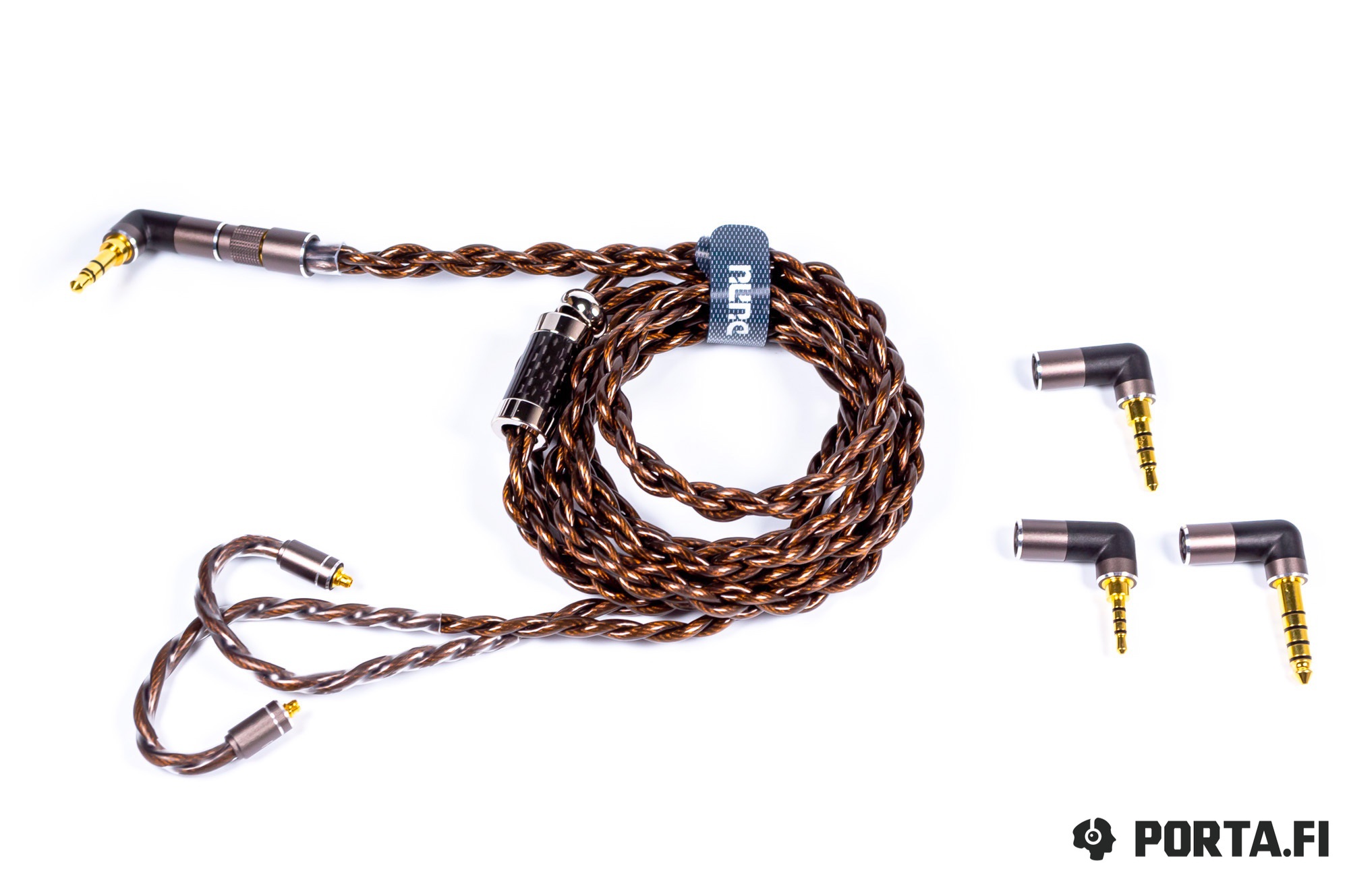
Of course the main highlight of this cable is the ability to switch jacks that gives opportunity to use this cable with any existing player. Special LIMO-connector is used to achieve this. It is situated closely to jack and the user has to pull the ring that removes the blockers. The jack is easily detached and you can install another one. LIMO-connector has a key-projection so you will obviously not be able to connect it the wrong way.
Due to modular construction, the jack is above average in size, but this is what you pay for switchable jacks. The potential buyer has to see that the end of the jack does not get extra force as the player might not like it.
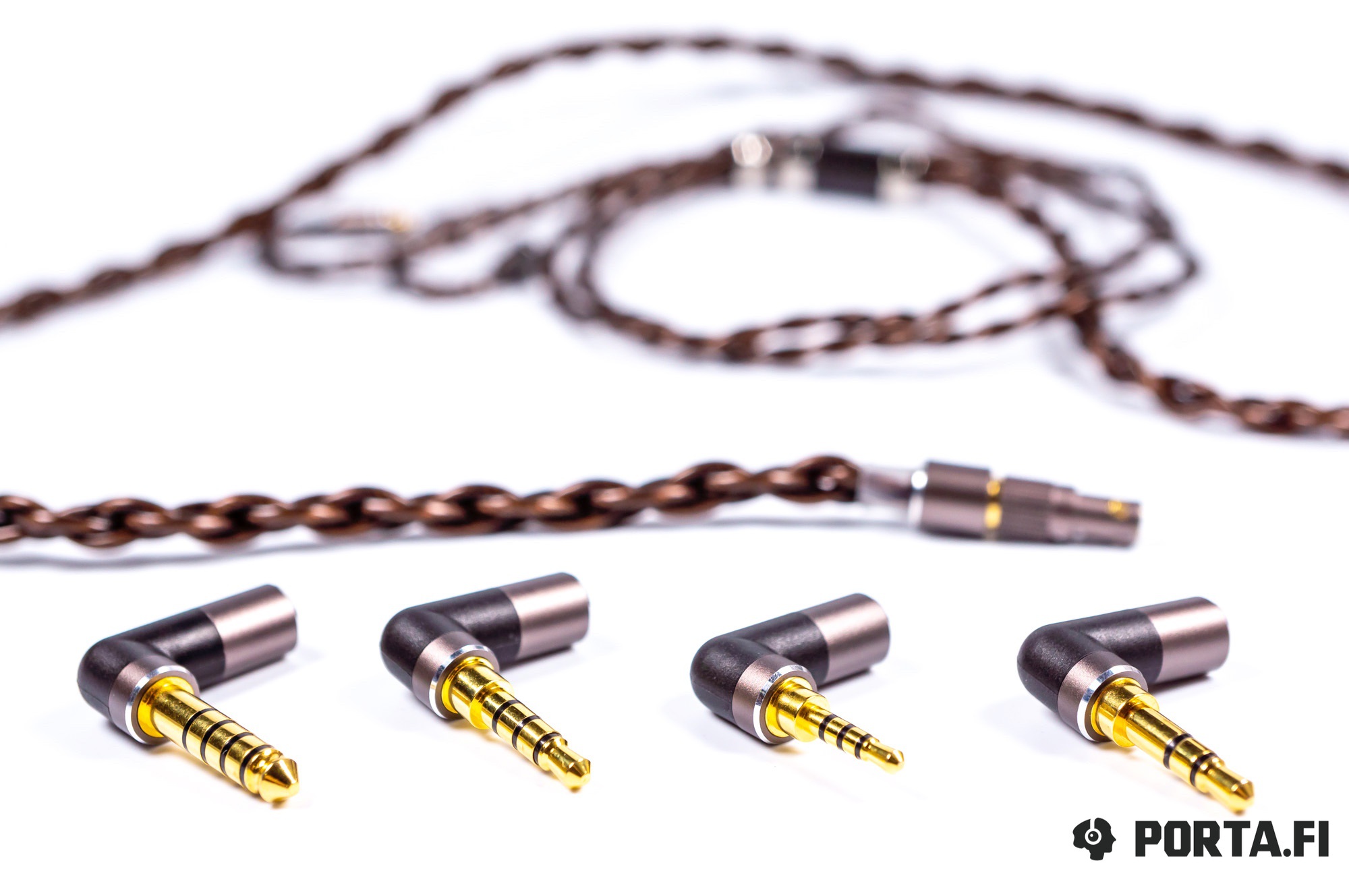
Of course, the most important thing is sound. But I would like to give some statements before proceeding to discuss it.
- There is a difference in sound due to cables. Recently I have been skeptical about it, but numerous blind tests proved me wrong.
- This difference is usually not big, and the stories about dramatic improvements of sound are usually legends. However there might be exclusions. For example, BGVP DM6 that have obviously bad stock cable. When you change it for any other cable you will highly likely get a sound improvement.
- The changes due to cable are possible due to difference in electric parameters and not due to the material used. Different stories such as “silver improves highs” of “copper adds weight” are nothing but legends. Of course, it may happen, but it is not the rule.
- Th influence of cable on different IEMs – there is difference, but it may be very slight (usually in single-driver dynamic IEMs) or even negative. So any “rules” are just based on overall stats and cable can show different influence for particular IEM and the difference may be big from what is expected.
Let’s move to changes that Hulk provides.
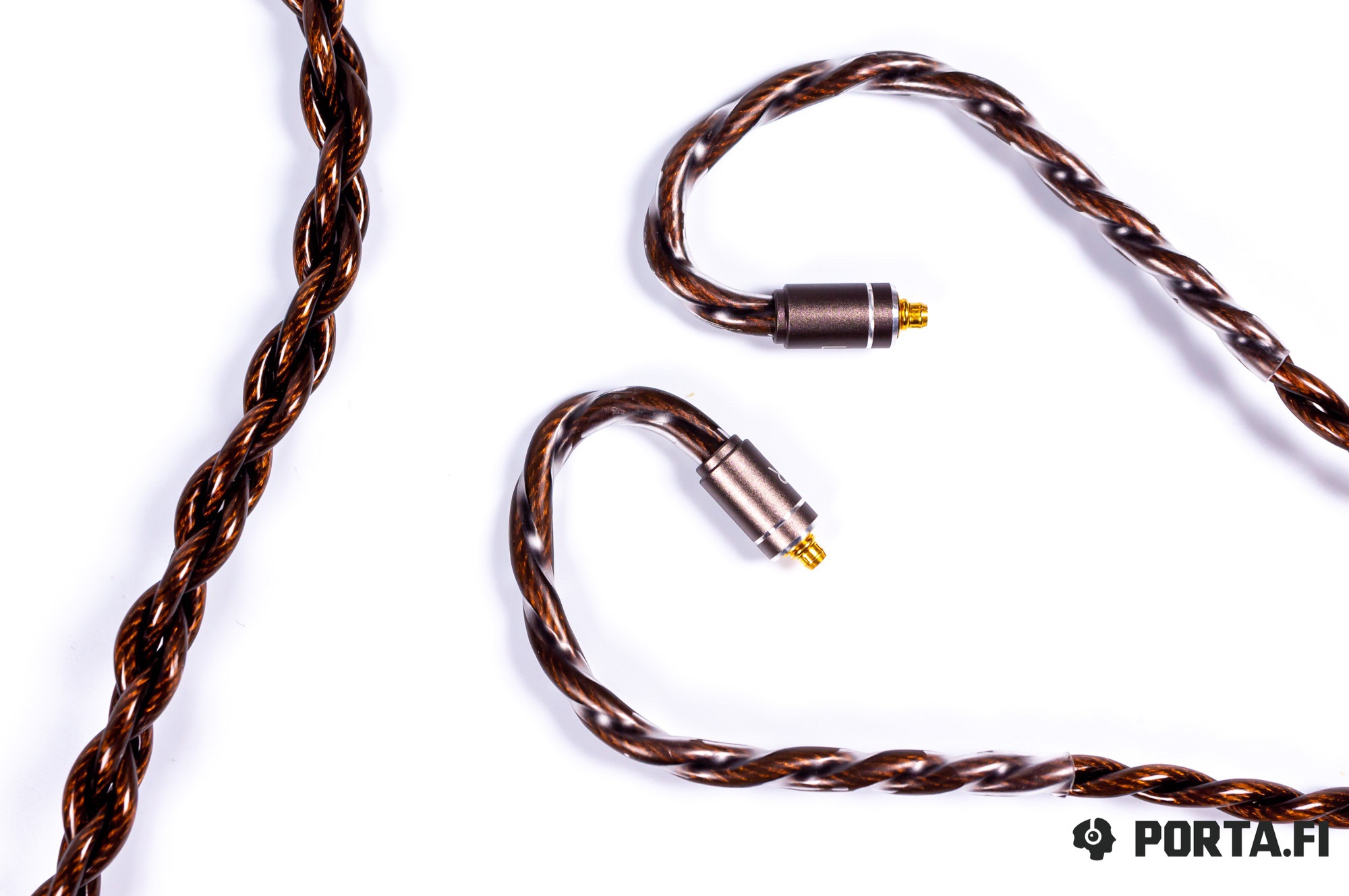
The first change is actually expected – it brings more weight in bass and provides better depth, giving lows more authority. Interesting that there is no increase in bass quality, and only thickness is changed. I can assume that the perceivable change in weight is determined by better control of lowest part of the frequencies, but it is only a guess.
The second change is determined by the change in the lower part of the range. The cable changes the soundstage in depth, brings vocals more forward. This allows to get better staging in terms of depth but sometimes may sound unnatural. However, it is seldom the case and I have noticed it on couple of tracks from hundreds I have listened to during the test.
On highs, on the contrary, the results are not what expected. The cable makes highs more lengthy and adds to layering effect (of course if headphones are able to reproduce it).
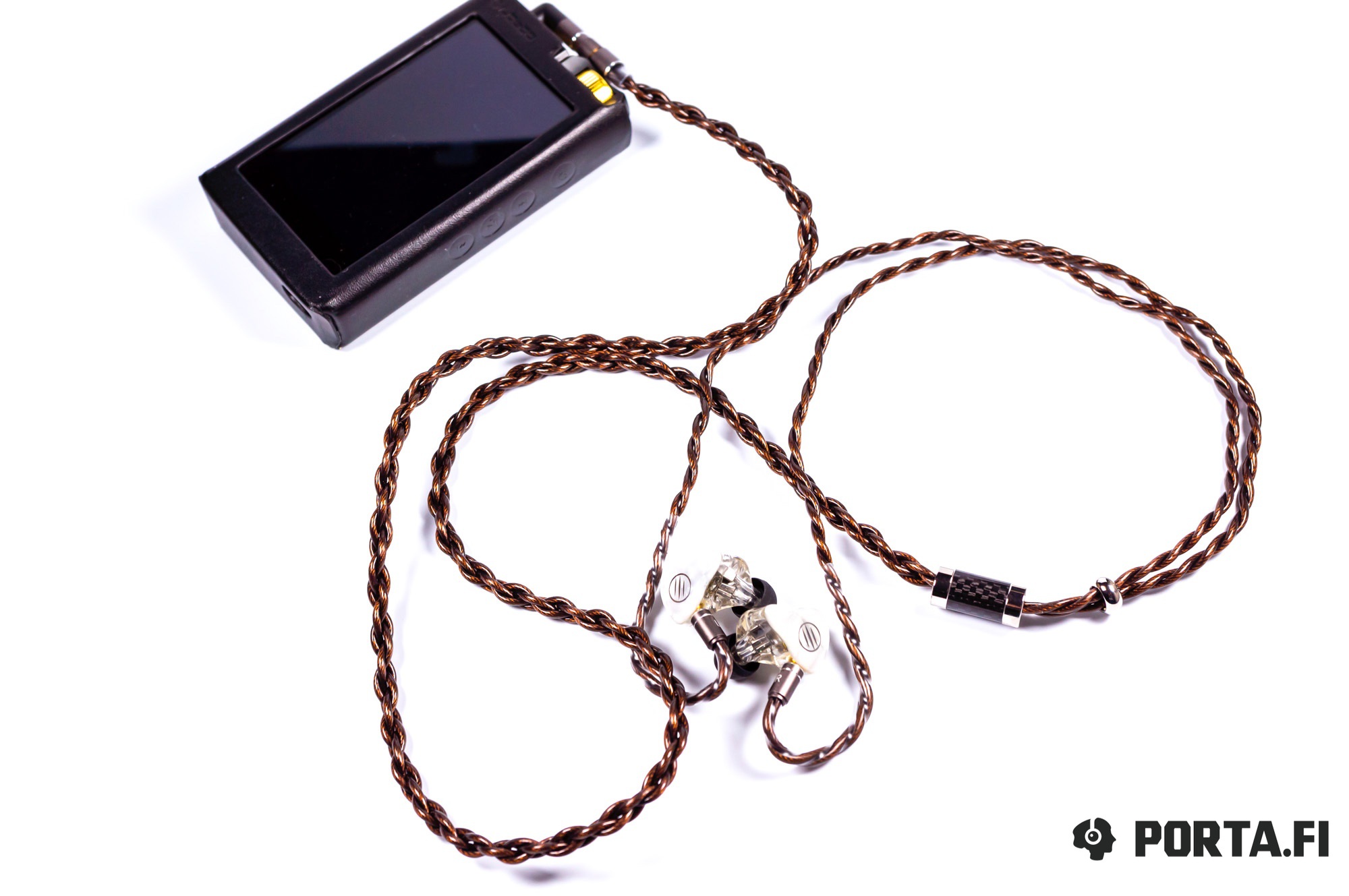
Overall it can be said that Dunu have managed to create an interesting cable – stylish, convenient and universal. This is exactly what needed if you have several sources with different outputs. Acoustically Hulk is great as well, improving the borders of the frequency range. However, as any cable, you’d better try it with your source and IEMs before you buy.
Translated by: Vadim Kolchev

